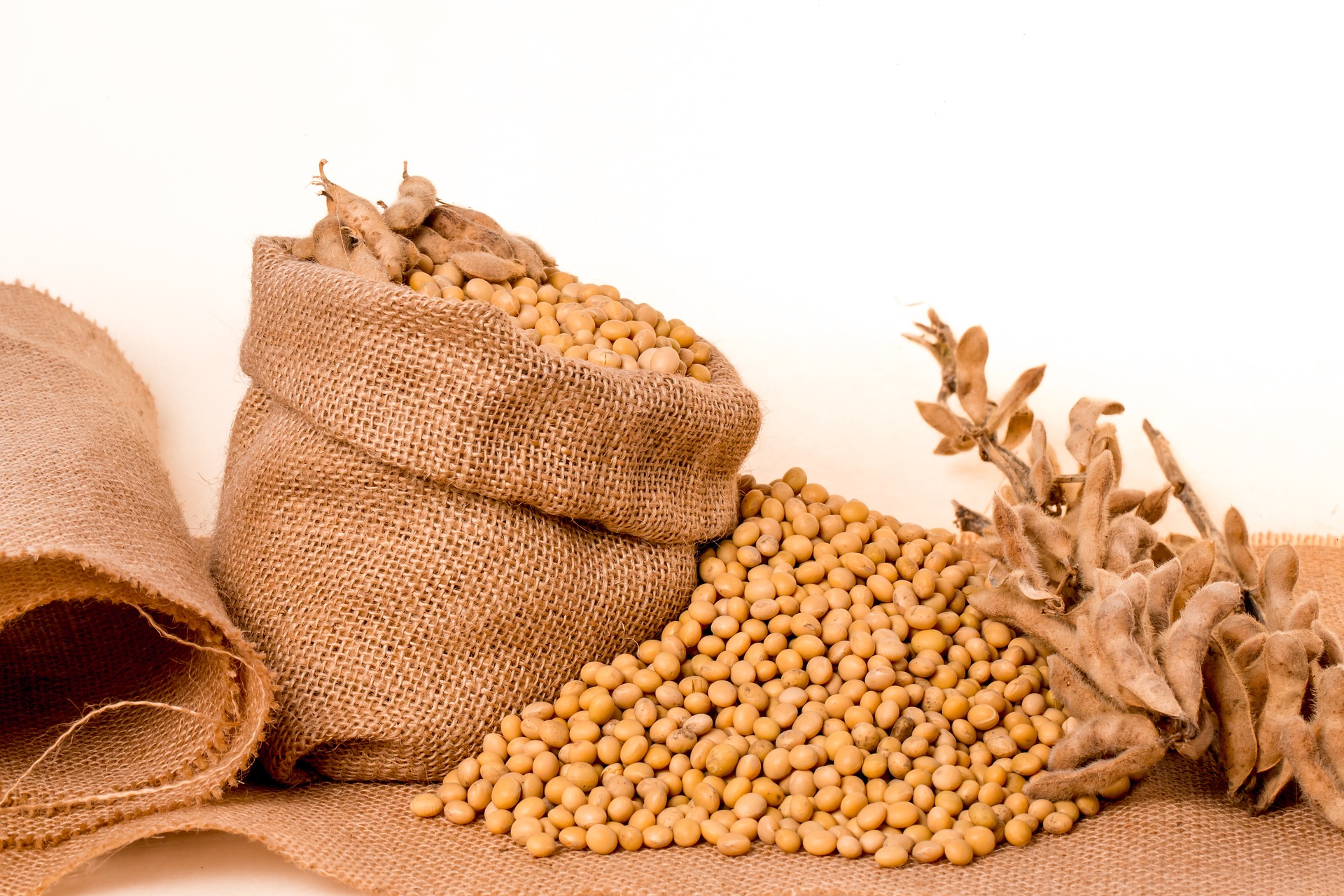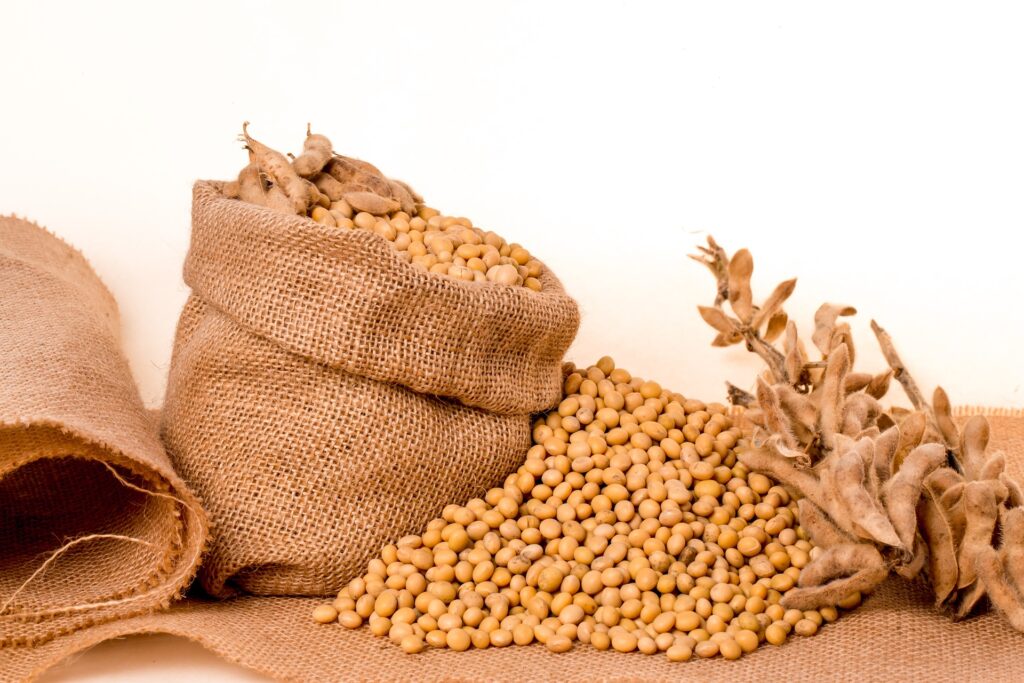
Image: Pixabay
The climate forecast for the producing belt this week, according to the National Oceanic and Atmospheric Administration (NOAA), is for higher temperatures in much of the country, mainly in the south and west. Rainfall is more distributed, covering the main producing regions with higher levels in the central and northern regions.
According to an analysis by Grão Direto specialist, Ruan Sente, if the predictions are confirmed, plantation conditions will recover to ideal levels and the drought area could decrease considerably. Consequently, prices may continue to be negatively impacted.
{module Form RD}
In relation to the weak demand for North American soybeans, with Chinese warehouses full of Brazilian soybeans and China's low economic pace, demand for North American grain tends to remain weak. China uses soybeans to produce oil and meal for pig feed, and pork consumption indicators in the country are stagnant. Until the government's promised economic stimulus is implemented, the largest global importer's inventories will remain full, resulting in reduced demand for North American soybeans.
According to the analyst, the dollar could continue to fall. Due to stable interest rates in Brazil, foreign investors continue to be attracted to the country, boosting the economy and appreciating the real in relation to the dollar. Caution regarding FED interest rates, possible interest rate cuts at the next Copom meetings and the flow of attractive investments could maintain the dollar's downward trend next week. Given the facts presented, soybeans in Chicago could experience another negative week, resulting in a drop in prices in the Brazilian domestic market.
Source: Aline Merladete | agrolink











